|
12/12/2020 1 Comment Do all students diagnosed with an Emotional Disability (ED) qualify for an IEP?Do all students diagnosed with an Emotional Disability (ED) qualify for an IEP? Well, let’s think about this. If a student has a disorder of anxiety, bipolar, conduct, eating, obsessive-compulsive or psychotic, are they able to make progress in the general education curriculum without Special Education services? First, let’s start by answering the question - what qualifies as an emotional disability? What qualifies as an emotional disability? An emotional disturbance is one of the 13 disability categories of IDEA, under which 3- through 21-year-olds may be eligible for Special Education services. This means that a student with an emotional disturbance MAY be eligible for special education and related services in public school. But the keyword here is MAY. IDEA defines emotional disturbance as follows: “…a condition exhibiting one or more of the following characteristics over a long period of time and to a marked degree that adversely affects a child’s educational performance: (A) An inability to learn that cannot be explained by intellectual, sensory, or health factors. (B) An inability to build or maintain satisfactory interpersonal relationships with peers and teachers. (C) Inappropriate types of behavior or feelings under normal circumstances. (D) A general pervasive mood of unhappiness or depression. (E) A tendency to develop physical symptoms or fears associated with personal or school problems.” Hmmm…that’s a broad definition with some vague language so let’s do a little deep diving! How do we define a "long period of time"? Under this standard, IDEA does not state how long a “long period” of time is, but the Office of Special Education Programs indicates that it is between two to nine months (Letter to Anonymous, 213 IDELR 247, OSEP 1989). And what does "to a marked degree" mean? This term "generally refers to the frequency, duration, or intensity of a student's emotionally disturbed behavior in comparison to the behavior of peers, and can be indicative of either degree or acuity or pervasiveness (Letter to Anonymous, 213 IDELR 247, OSEP 1989). As defined by IDEA, ED includes disorders of anxiety, bipolar, conduct, eating, obsessive-compulsive or psychotic such as schizophrenia. However, IDEA specifically states that ED does NOT apply to students that are “socially maladjusted,” unless it is determined that they also have an emotional disturbance. And how is that determination made? Well, Special Education teams should… ONE Review the eligibility criteria definition under IDEA. TWO Ask - Does the student exhibit at least 1 of the 5 criteria to a marked degree? AND Has the student exhibit at least 1 of the 5 criteria over a long period of time? THREE If NO - The student does not appear to have an Emotional Disability. If YES - Eliminate EXCLUSIONARY FACTORS: Is the student… -maladjusted (i.e. stealing, skipping school or class, or drug use) -having emotional problems at home or out of school and NOT at school) -exhibiting mood, behavior, or academic problems related solely to drug abuse. FOUR If none of the exclusionary factors apply, the student appears to have an Emotional Disability BUT if any of the exclusionary factors apply, the student does not appear to have an Emotional Disability. You can grab the Emotional Disability Determination Flowchart HERE. It is important to have data when exploring eligibility under any disability category, and this data can be obtained through interventions! Three Best Practice Interventions for Students with Emotional Disabilities:
A student who responds to the intervention, most likely does not have an emotional disturbance. This is similar to when we look at the Response to Intervention model for eligibility in Special Education. If a student does not respond to the interventions AND qualified for ED after going through the flowchart, the student needs individualized programming! Find more best practice interventions for students with ED at... PBIS WORLD https://www.pbisworld.com/ RTI Network http://www.rtinetwork.org/learn/behavior-supports Intervention Central - https://www.interventioncentral.org/behavioral-intervention-modification Grab some Social Emotional IEP goals and objectives HERE! Happy Teaching! Miss Rae Learn more about Emotional Disturbance in the Classroom!
1 Comment
12/4/2022 09:15:43 am
hanks for sharing the article, and more importantly, your personal experience of mindfully using our emotions as data about our inner state and knowing when it’s better to de-escalate by taking a time out are great tools. Appreciate you reading and sharing your story since I can certainly relate and I think others can to
Reply
Leave a Reply. |
CategoriesAll 504 Academic Testing Academic Testing Reports Achievement Testing Reports Back To School B/d Reversals Coronavirus COVID-19 Discrepancy Model Distance Learning Distance Learning With LD ELL Emotional Disability Executive Functioning Extended School Year First Year Special Education Teacher Advice Fluid Reasoning FREEBIES Goal Tracking IEP IEP At A Glance IEP Goals IEP Meetings Learning Disability Oral Reading Fluency Positive Affirmations For Special Education Students Progress Monitoring Reading Remote Learning RTI Rubrics Running Records SEL For Learning Disabilities Social Emotional Learning Special Ed Teacher Interview Questions Special Ed Teacher Job Description Special Education Special Education Progress Reports Special Education Reading Special Education Reading Programs Special Education Students Special Education Teachers Special Education Teachers Positive Affirmations Special Education Teacher Tips Special Education Websites Specially Designed Reading Instruction Teaching Strategy Trauma Wilson Reading Wilson Reading IEP Goals Writer's Workshop |
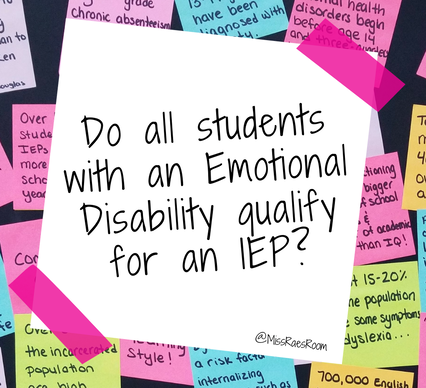
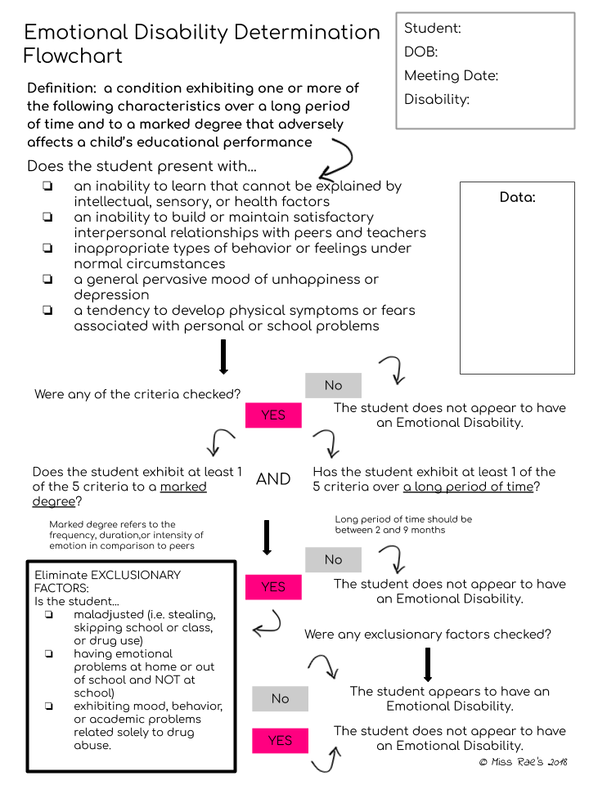
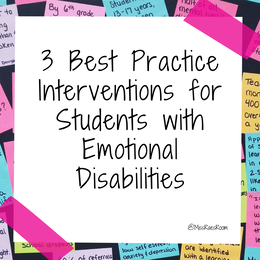
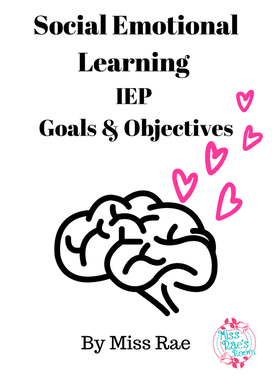
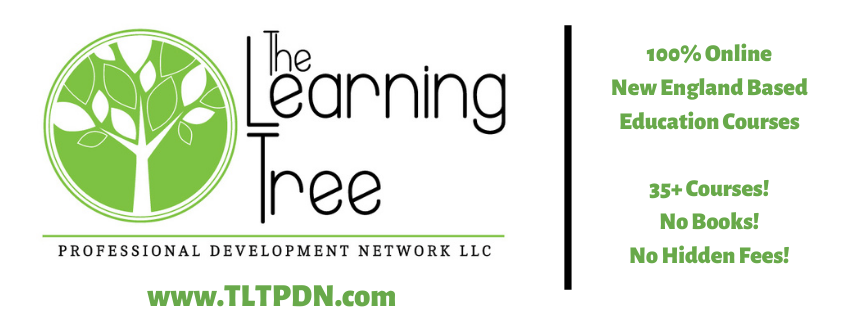
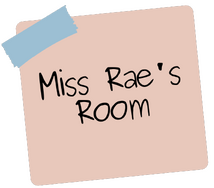
 RSS Feed
RSS Feed